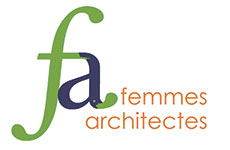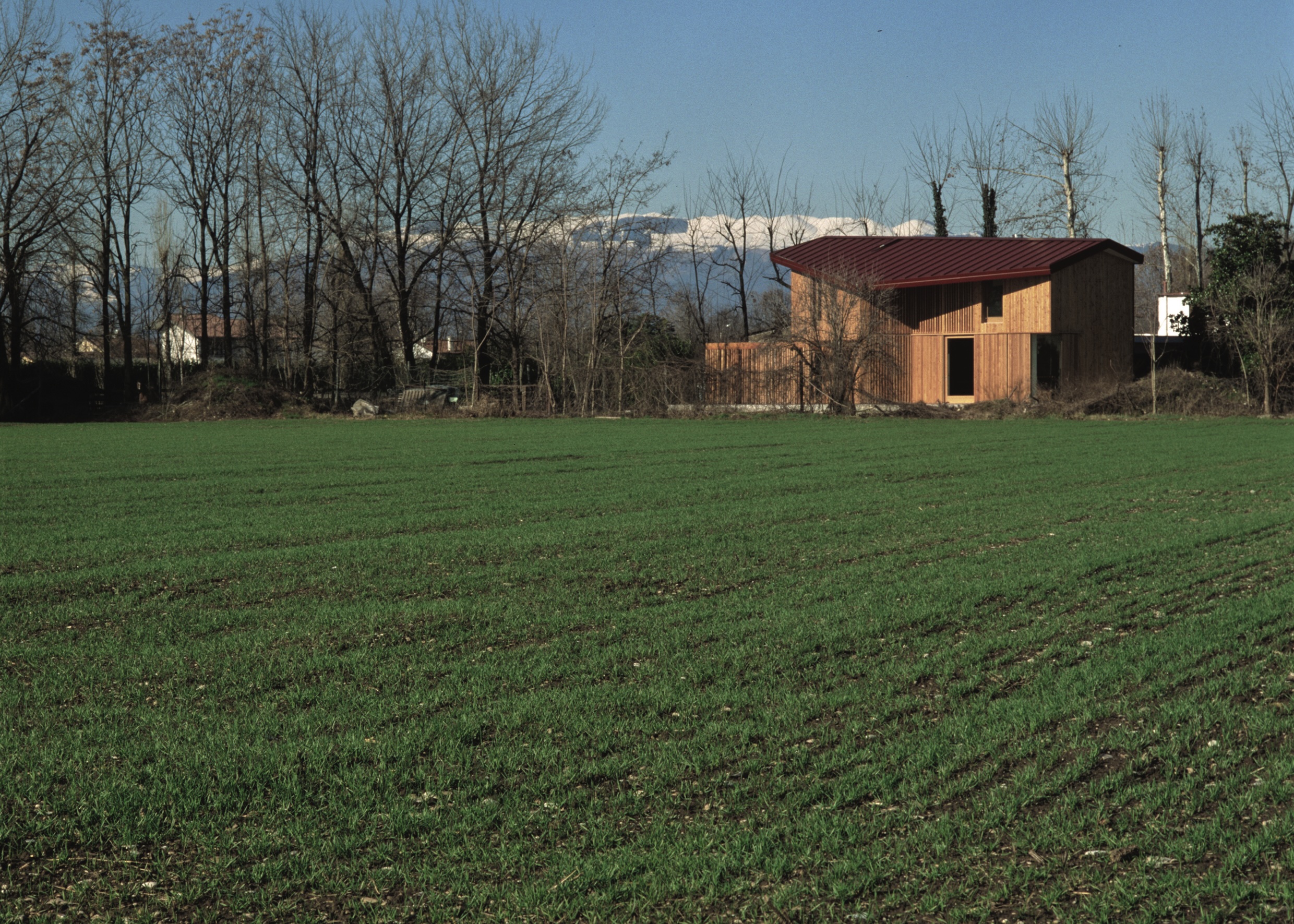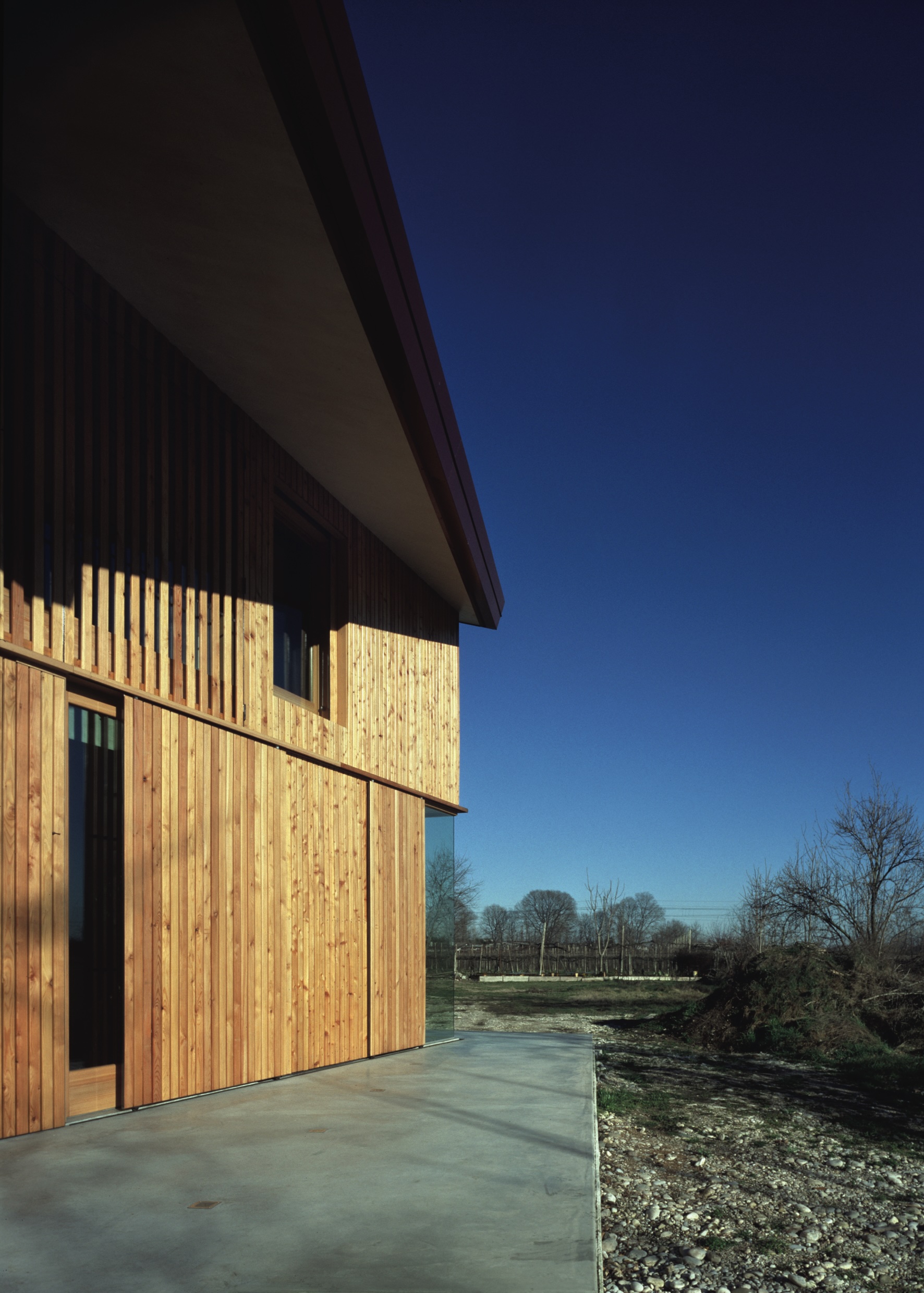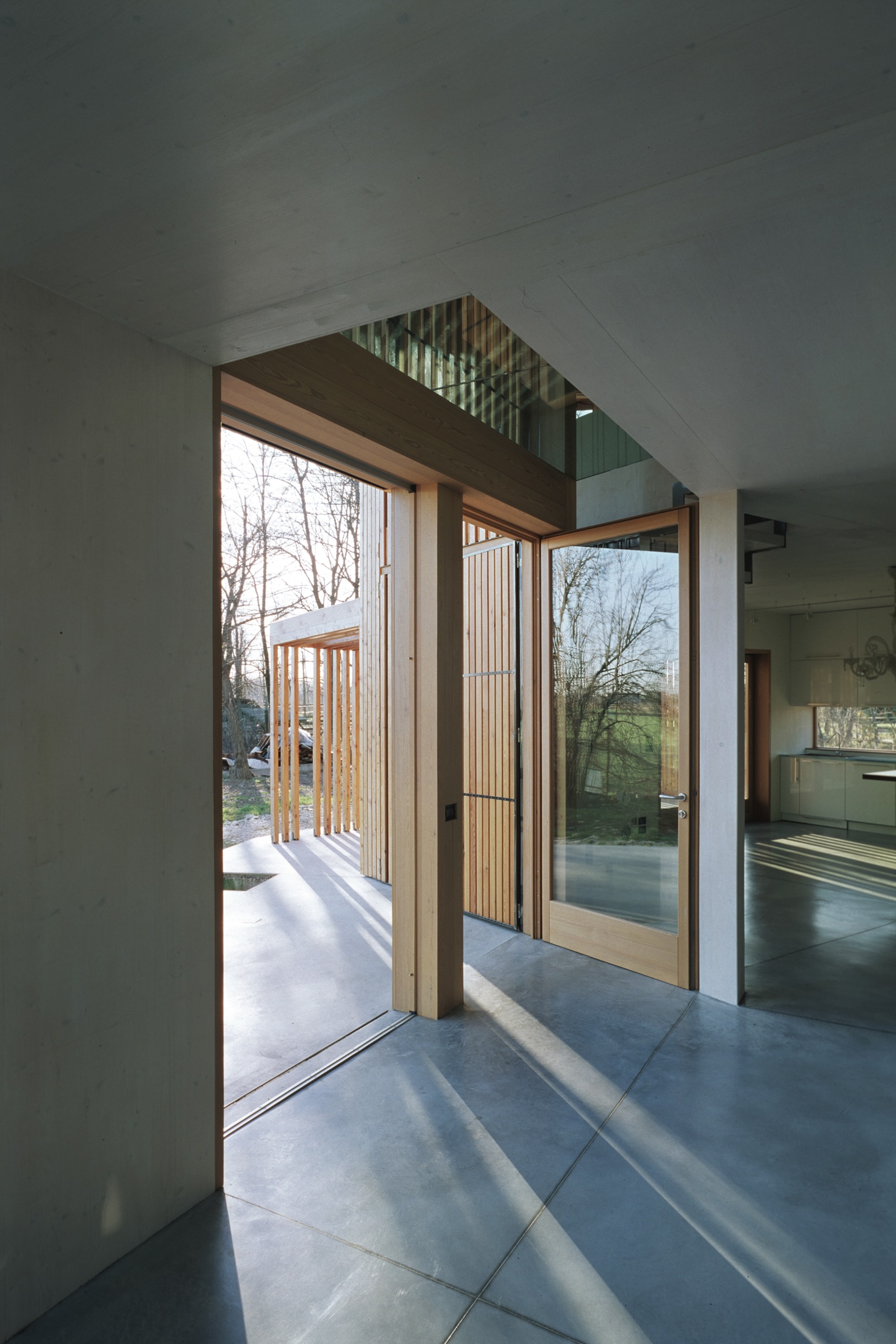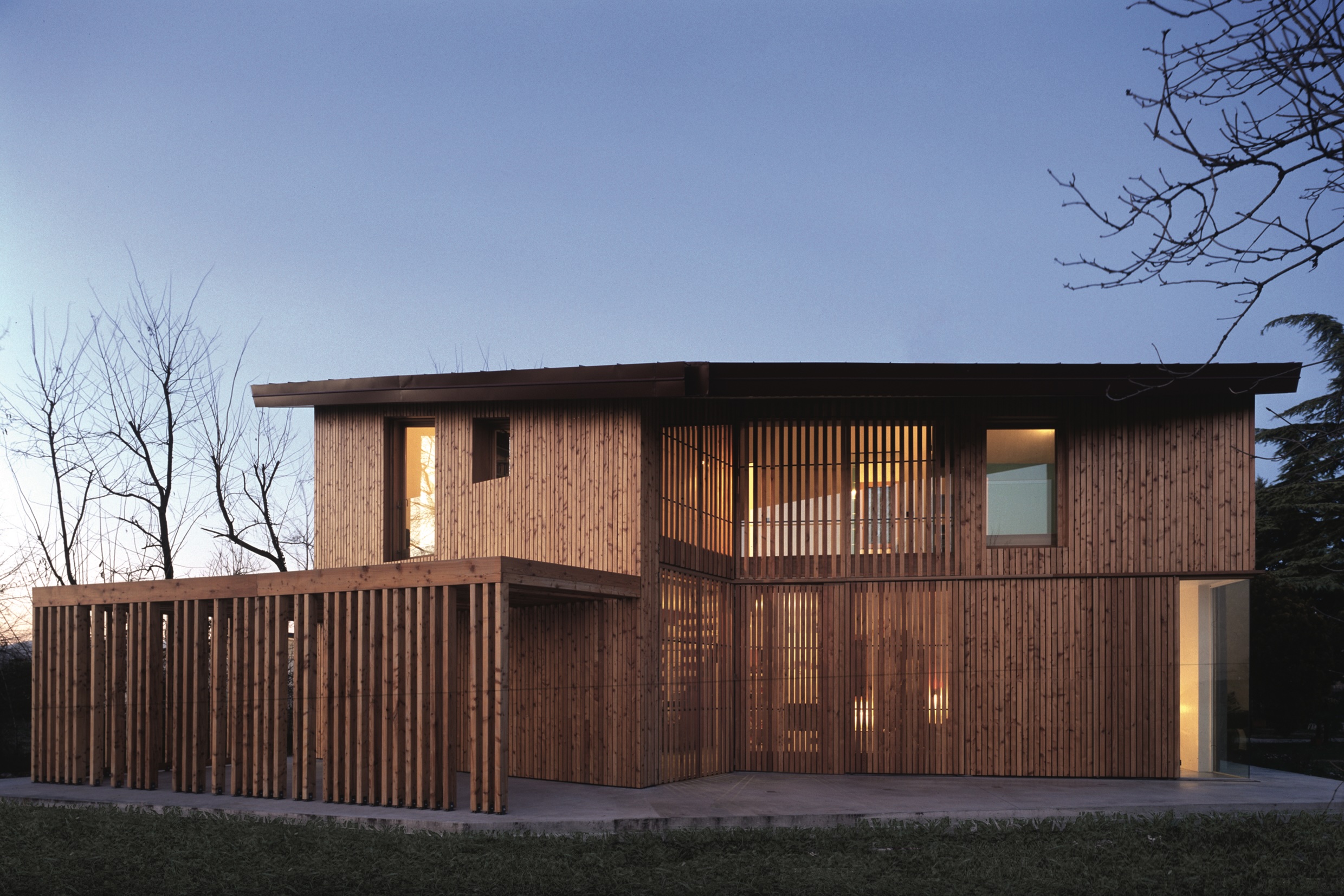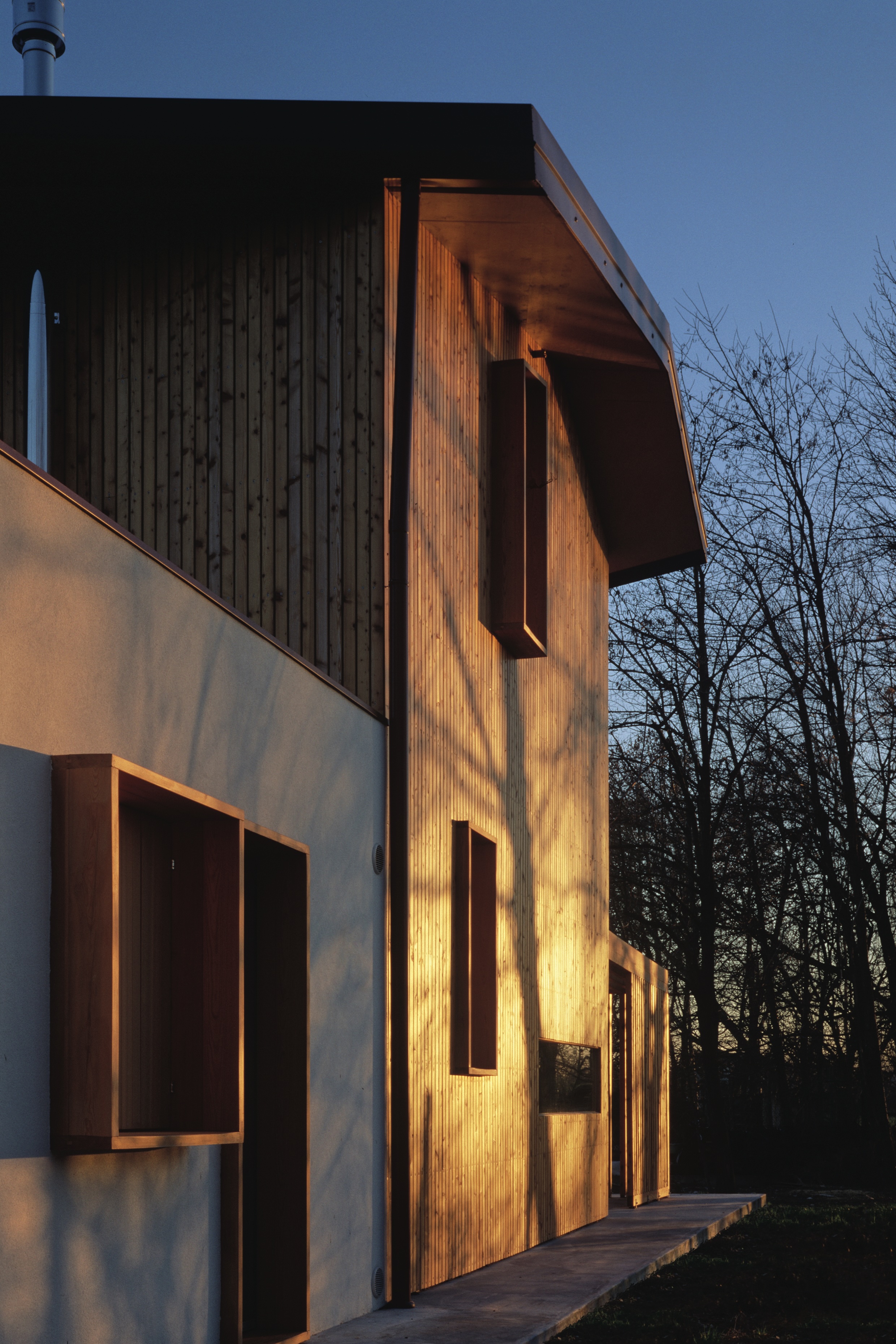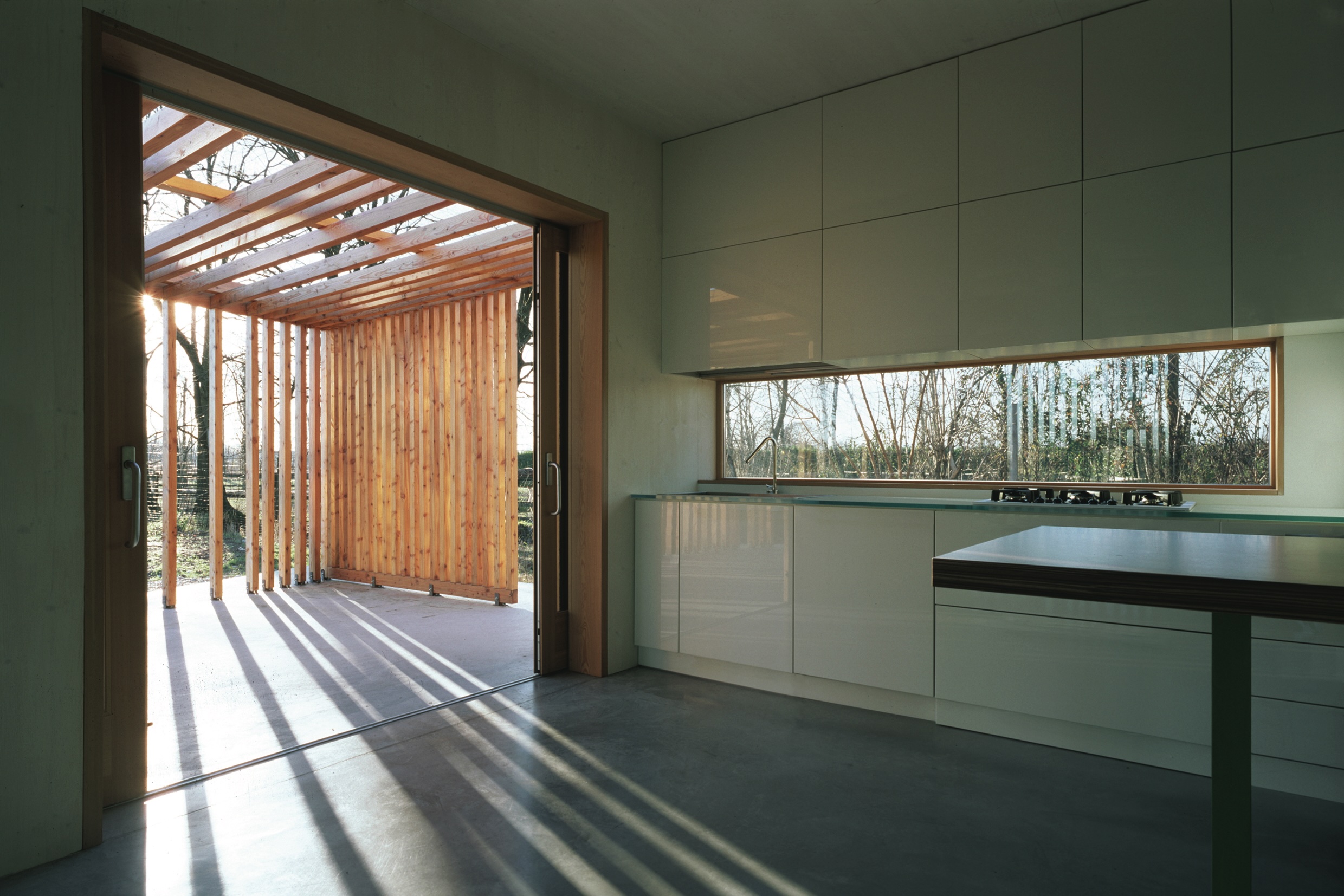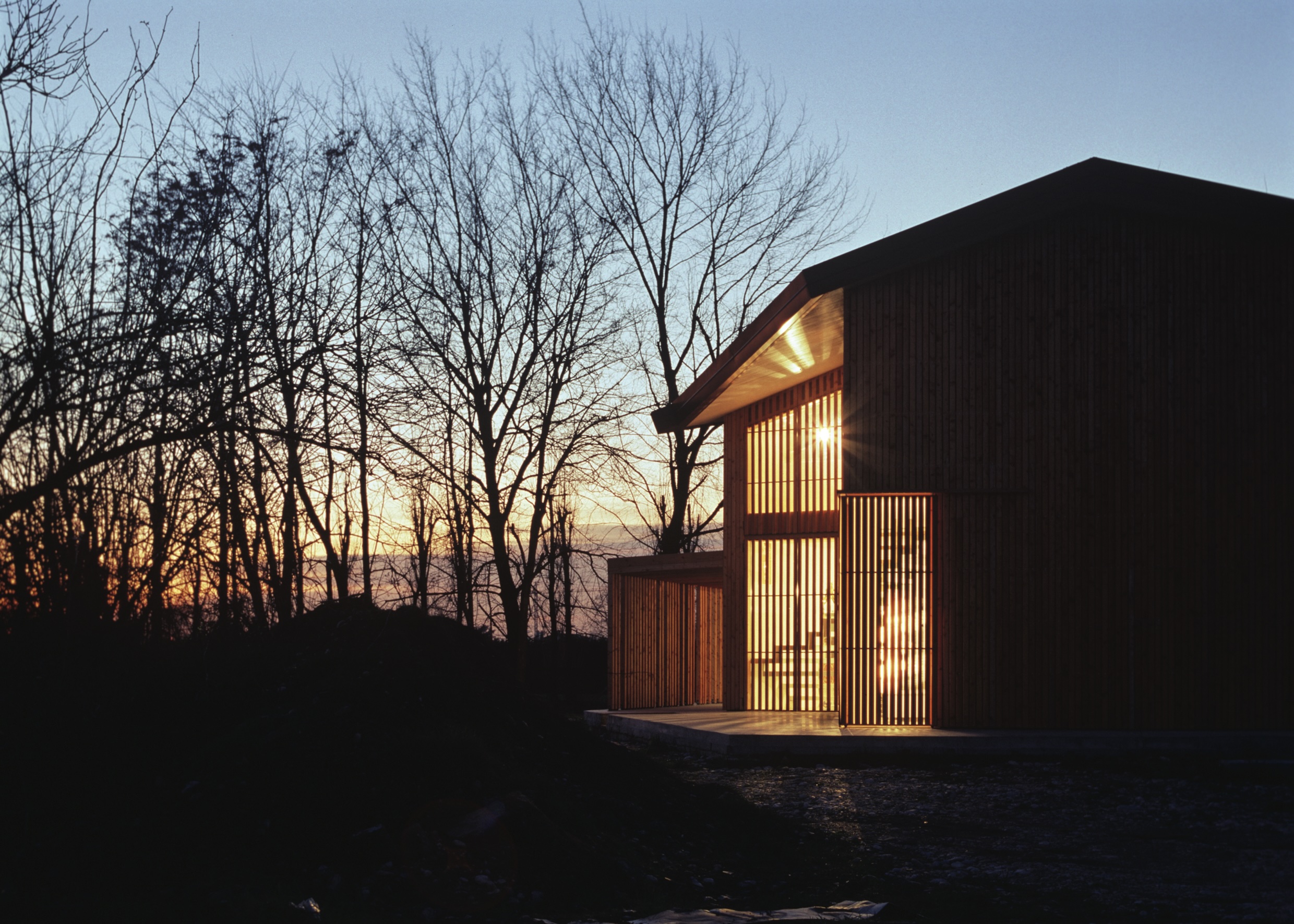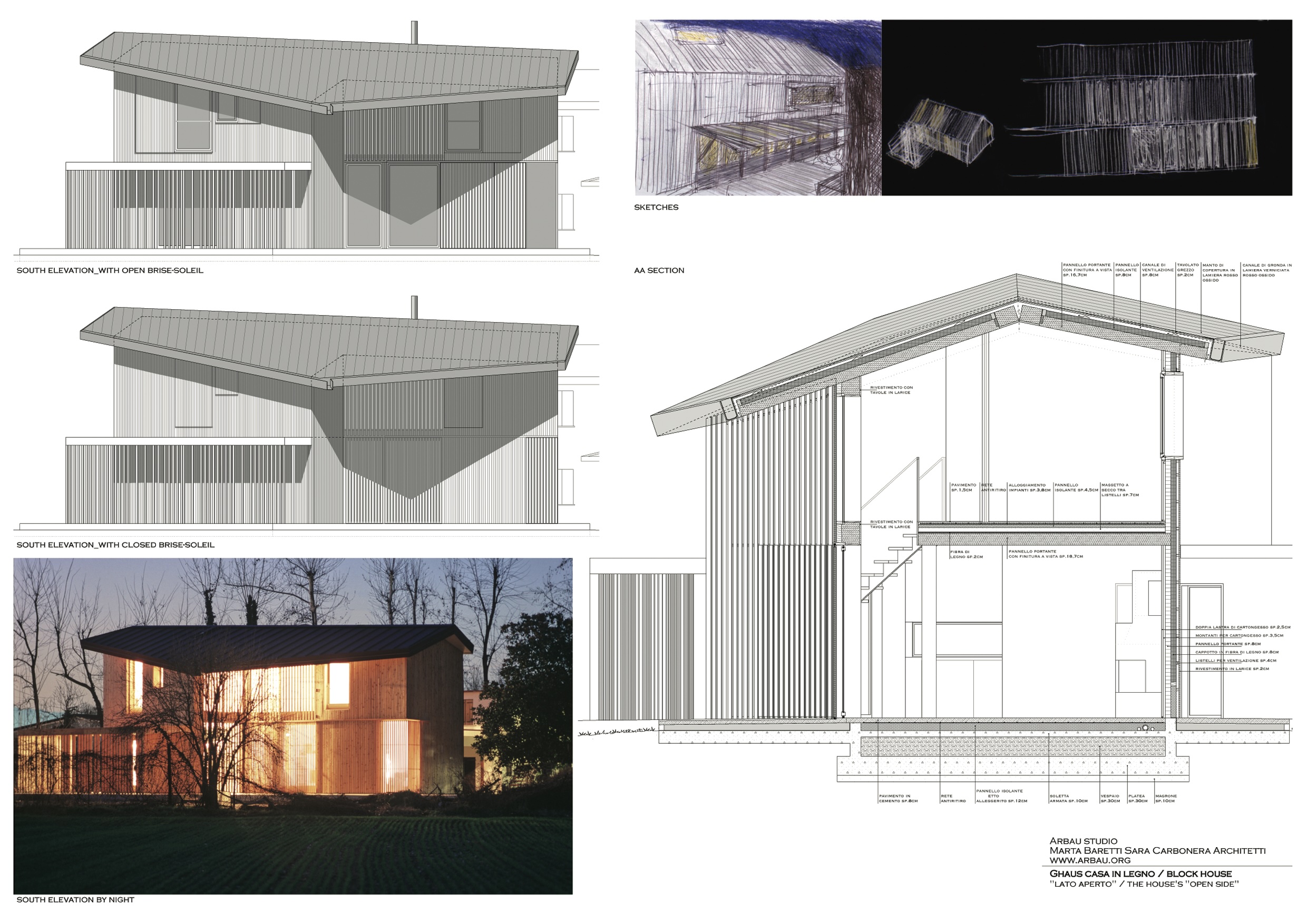
Arbau Studio di Marta Baretti e Sara Carbonera
- Site : https://www.arbau.org
- Adresse : Via G. Toniolo, 17 31100 Treviso
Arbau studio, founded in Treviso in 2000 by architects Marta Baretti and Sara Carbonera, develops projects in the fields of urban planning, architecture, and landscape design. Their work is characterized by a multidisciplinary approach and a strong focus on the specificity of the built environment. The studio often works on reuse and renovation of existing spaces, aiming to restore value to everyday architecture, occasionally blending into the language of art.
Since 2010, Arbau has been involved in the regeneration of the former military area of Forte Rossarol in the Venetian hinterland, where design and research intersect around the theme of care spaces, in collaboration with the University of Verona. Recent projects include the primary school in Feltre, Parco Don Gnocchi in S. Vito di Altivole, Piazza M. D. Olivo in Lignano, and the square on Bastione di Porta Altinia in Treviso.
The studio has received numerous awards, including the Wood Architecture Prize, the Dedalo Minosse Prize, the Taddei Prize for Women in Architecture and Design, and has been selected for national awards such as the Italian Architecture Gold Medal. Arbau was also featured in the Italian Pavilion at the 17th Venice Architecture Biennale – Resilient Communities, within the section curated by Rebel Architette: "#137 Italian Women Architects". Baretti and Carbonera complement their design work with research, teaching, and participation in conferences.
|
GHAUS
“Ghaus”, located in a rural site near Treviso, is a block house built with a “X-Lam” bearing structure, made by fir wooden panels and insulation of wooden fiber.
Wood defines both interiors, where fir wooden panels are visible as such, and facades, cladded by larch boards. “Ghaus” is an affordable house at low power consumption; the construction technology is not hidden, but wood is used as an expressive material, at mean time innovative and founded into the rural character of site. The building is north-south oriented, like tipical rural houses; this is the best exposure to climate of site. The two main facades are different, because of their exposure: the northern facade has few small windows; in the southern facade large windows and brises-soleil controle the sun lighting and allow a beautiful view to the countryside. The roof bends out from the perimeter of building in different ways: the protrusion is minimal in the northern side and very deep in the southern side: here there is a sort of porch facing the living and protecting the interiors from sunlight. The painted ironplate roof has a traditional shape (pitched roof), but the hipped roof is sloping. The house is dipped in the landscape: sunlight, fog, rain come inside the domestic space; by night the interior enlightment beams in the countryside. The project takes position against the chaos of buildings in the countryside of Veneto: it looks to the tradition not to imitate it, but to give shape to a modern rural house.
|
